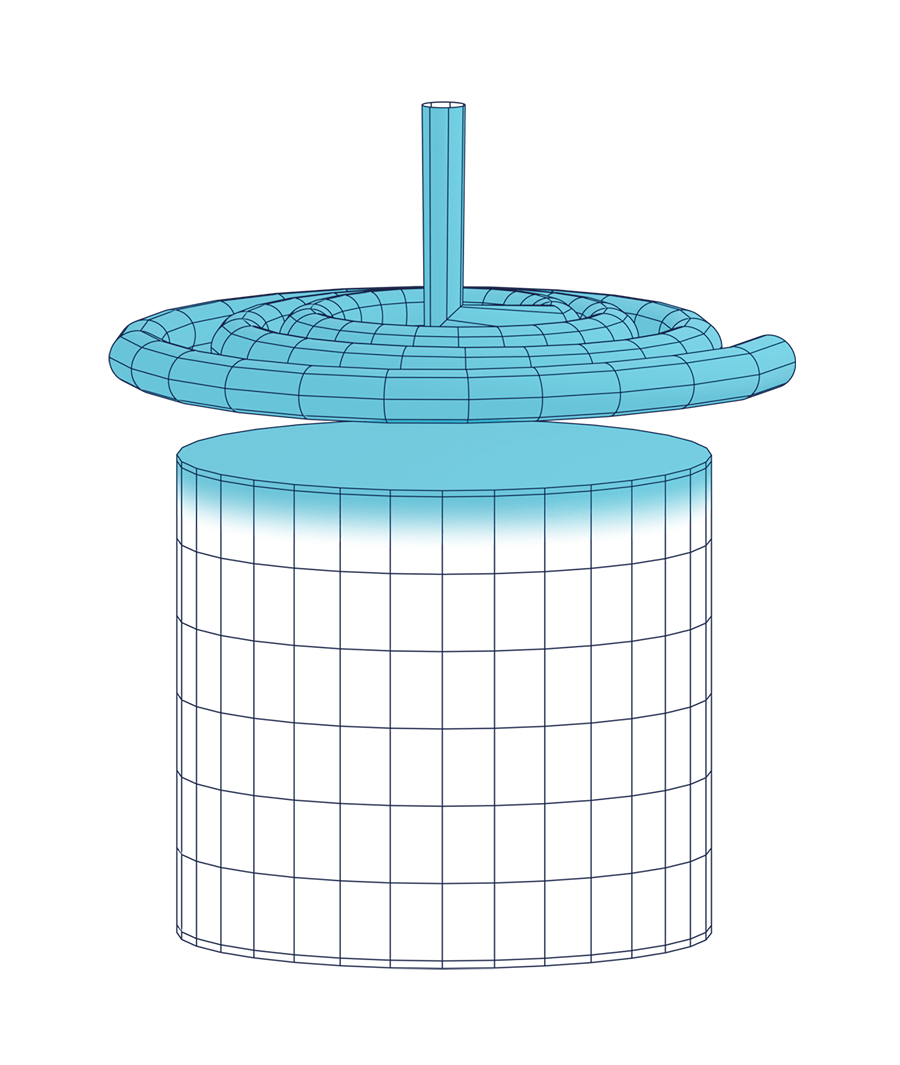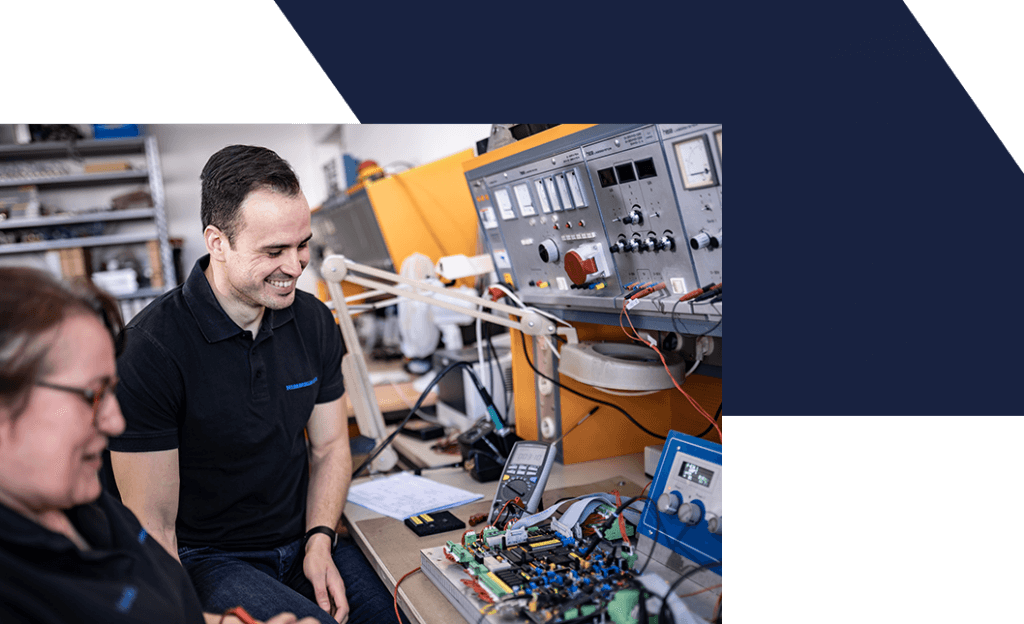Coating, drying, cleaning -
Inductive surface treatment

Induction heating is ideal for all surface treatments such as coating, drying or cleaning, whether with or without preheating. The principle of action is always the same: The heat is generated in the workpiece.
With conventional surface treatments, the heat acts on the workpiece from the outside. For example, if a surface is coated with a topcoat and then dried or cured, the surface of the coating dries first.
With induction heating, on the other hand, the process is reversed, the top layer dries from the component surface, and the surface of the coating remains moist for the longest time. This has the benefit that the volatile components of the coating, which are supposed to escape to the outside due to the drying or curing of the layer, can diffuse unhindered right until the end of the process. Drying or curing is thus faster and more targeted. And it also increases the cosmetic quality of the surface coating.
The use of inductive surface treatment
Induction heating can be optimally used for coating sheet metal, wires or pipes. The material is gently heated at a high power density so that high throughput speeds can be achieved. The heating processes are also easily reproducible. Fast cycle times for efficient production.
In the cable industry, copper and aluminium wires are inductively preheated before the insulating material is coated. On the one hand, this is done with the aid of inductors in the form of a long cylindrical coil through which the wire is pulled.
On the other hand, the wire can be guided over rollers and heated as a so-called short-circuited secondary winding, which has the benefit of high efficiency. Systems of this design are also suitable for steel wires and thin-walled steel pipes.
To protect steel pipes from corrosion, they are given a surface coating of lacquer or plastic. Before coating, the pipes are heated. If this is done inductively, one has the benefit that the temperature can be guided exactly. Due to the skin effect, the pipe heating is then only concentrated on a thin edge layer of the pipe.
The zones that are not to be heated are spared and there is much higher quality and less waste. The energy used in this process is significantly lower than with conventional heating methods.
Inductive cross-field heating is successfully used to tin non-ferrous metal strips. Since a high power density can be achieved with this, the strip running speeds are also very high, and without undue influence on the metallurgical and mechanical properties.
The implementation is simple because the Himmelwerk frequency systems are very flexible in their design. The operation is easy to learn and intuitive.
Our process
Induction heating for your surface treatments
Which converter is the right one? What might an inductor look like for your application? We show you what benefits induction surface treatment could have for you.


Our service
Your partner for innovative developments
Induction heating has many benefits for your company, your employees and the environment. Use them and set an example in your industry.
Systems for induction

